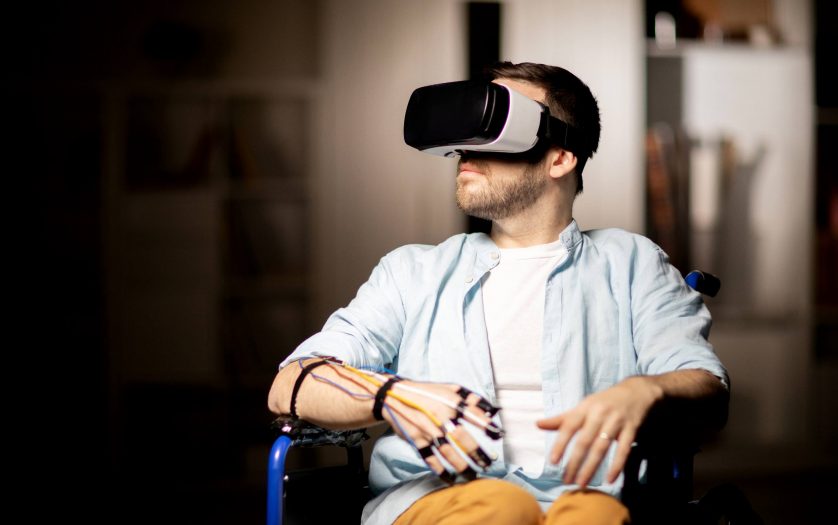
The COVID-19 pandemic has highlighted the importance of communicating in accessible formats to help all Canadians maintain their health, safety and prosperity.
The Government of Canada is taking action so that people with disabilities are not left behind, and why it continues to push the envelope to find new and innovative ways of helping remove barriers to accessibility and inclusion. By investing in the Accessible Technology Program, the government is empowering all Canadians to fully participate in their communities, workplaces and the economy as we recover from the impacts of the pandemic.
The Honourable François-Philippe Champagne, Minister for Innovation, Science and Industry, announced five projects to be funded under the federal Accessible Technology Program. These projects will support the development of assistive and adaptive digital devices and technologies.
The funded projects announced are:
- $212,500 for AbleDocs Inc. to develop an assistive reader that reads PDF content for persons living with visual and cognitive impairments, providing better access to information on the Internet on both Android and iOS devices.
- $429,675 for AdHawk Microsystems Inc. to develop and deliver mobile augmented reality glasses with integrated displays and eye tracking to interact with desktop applications. The eye tracking technology will be able to work from various head positions, allowing the user greater mobility.
- $247,814 for Compusult Limited to enhance and extend a combined joystick and mouse switch technology to create controllers that enable someone with physical disabilities to seamlessly switch between and manage multiple devices.
- $125,750 for Emily Carr University of Art & Design to create the a new adaptable font that to address the needs of people with low vision. The Infinite Font will allow users to tailor shapes to individual needs.
- $608,594 for McGill University to develop three strategies based on audio, tactile and multimodal feedback that will allow users who are blind, deaf-blind or visually impaired to interpret graphical content on the Internet more independently, quickly and effortlessly. This project will particularly help the vast majority of blind individuals who are not Braille-literate.








